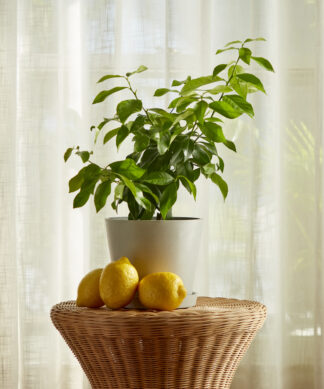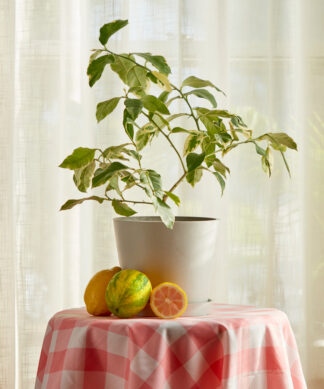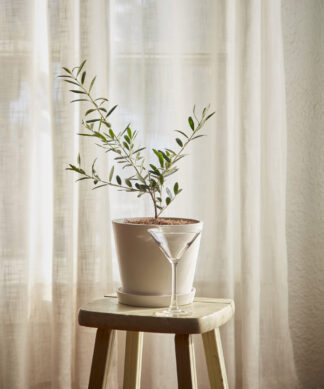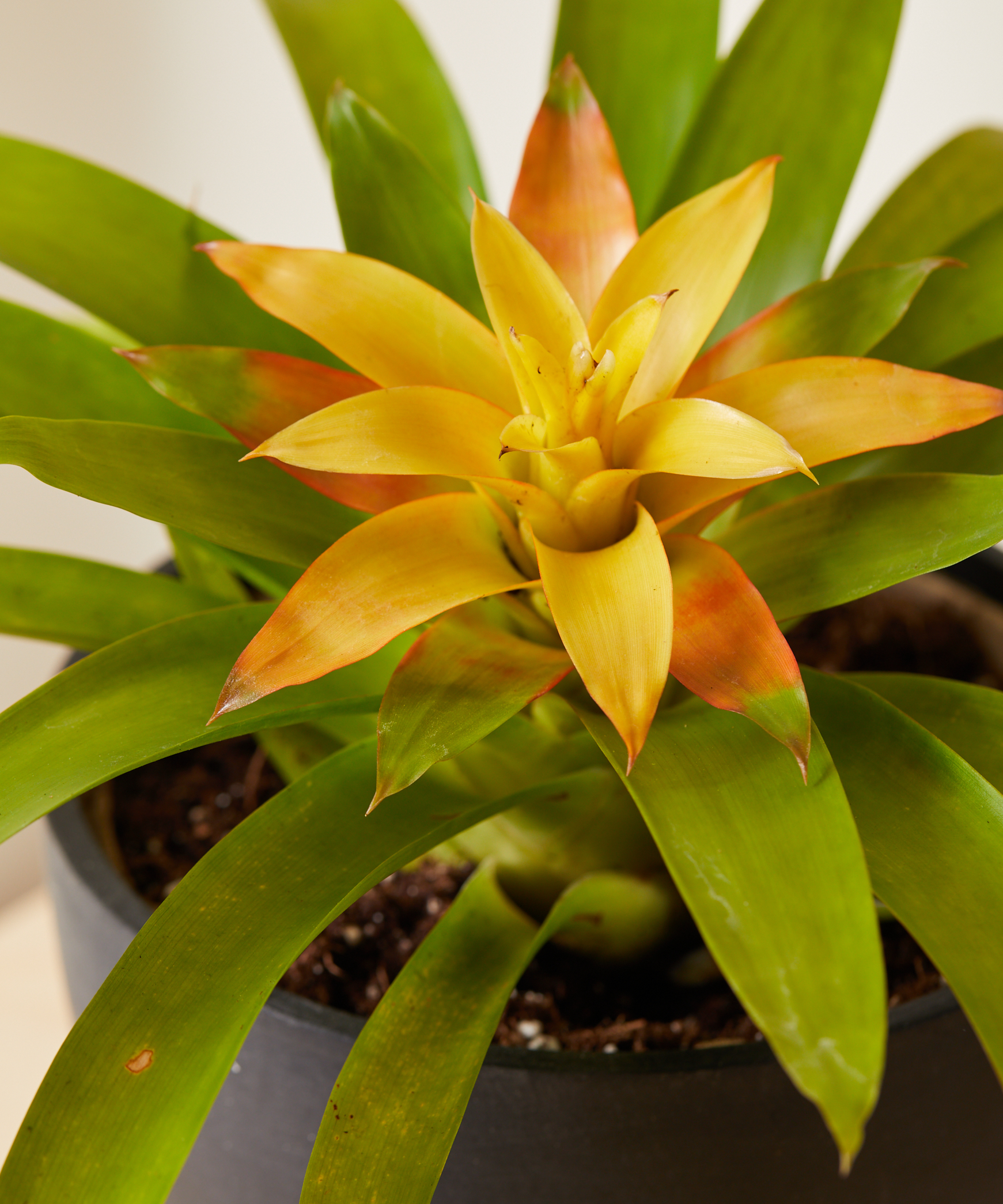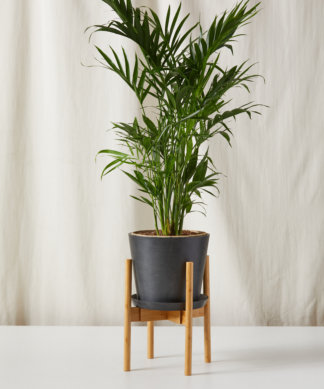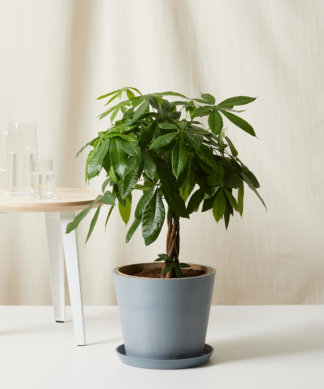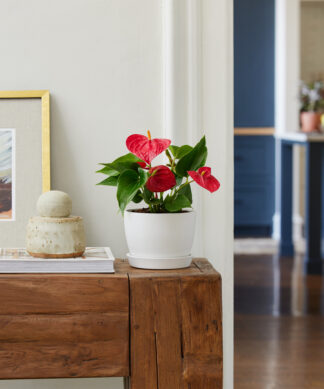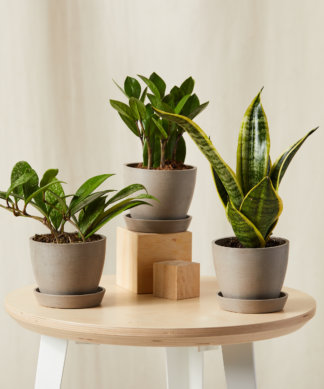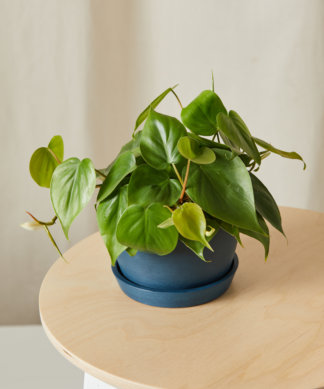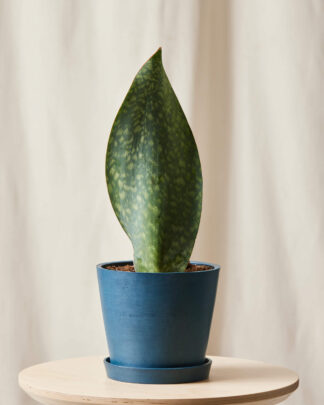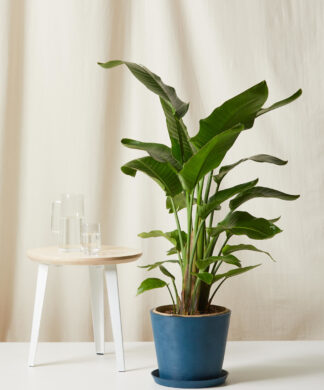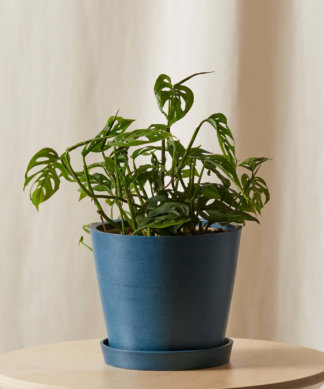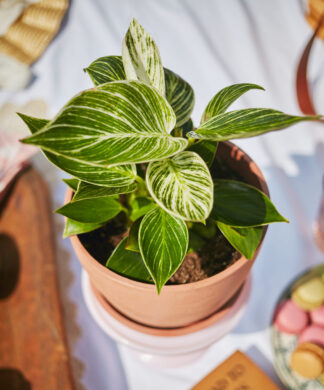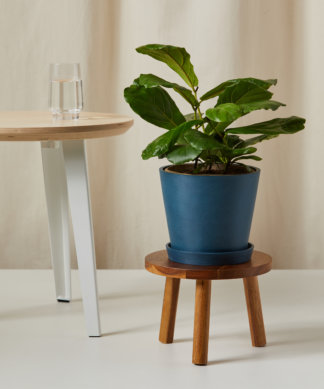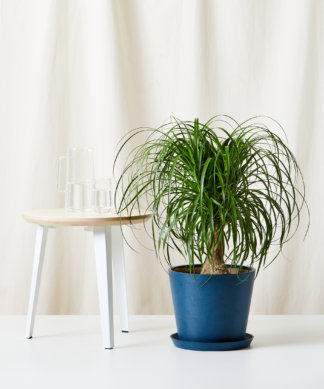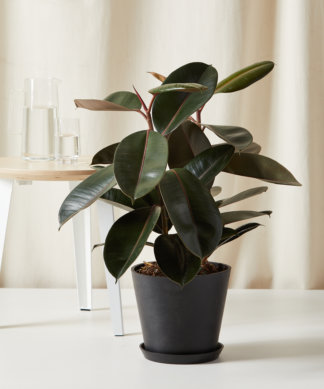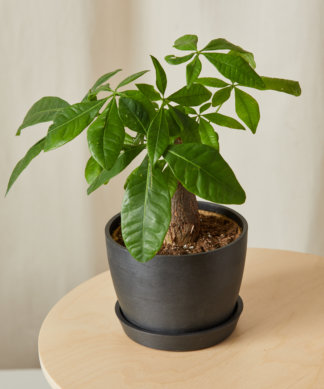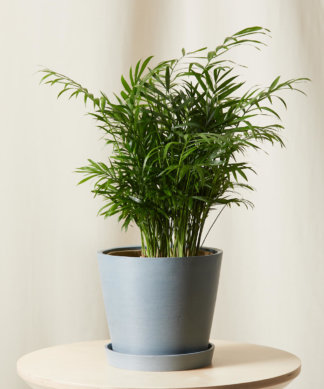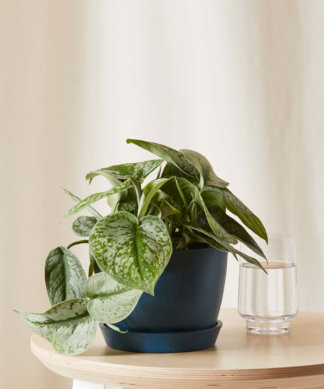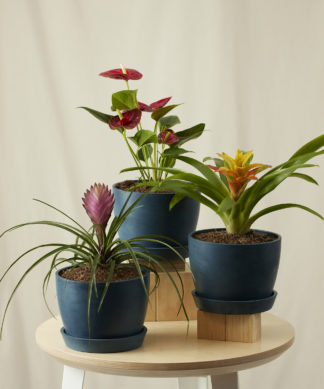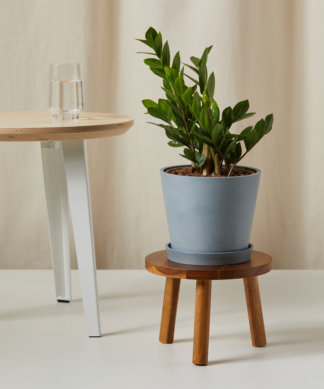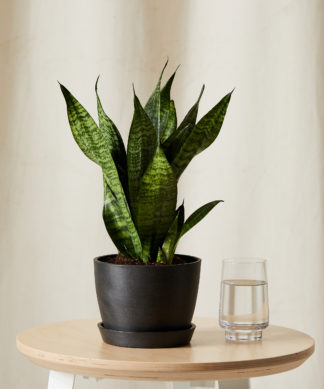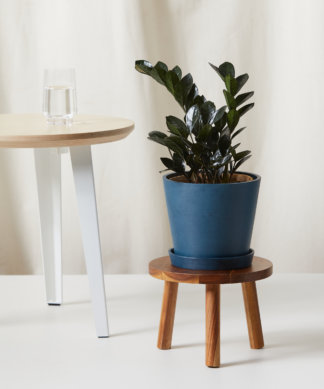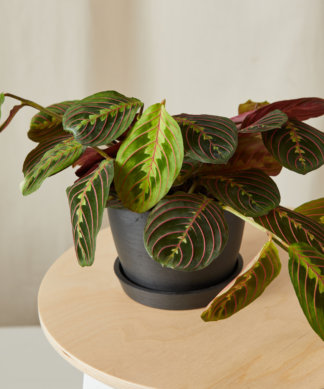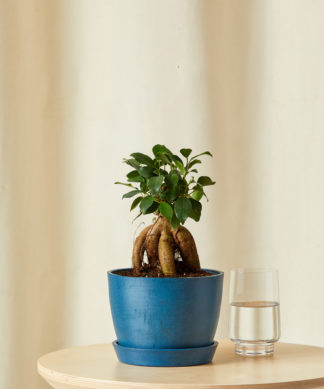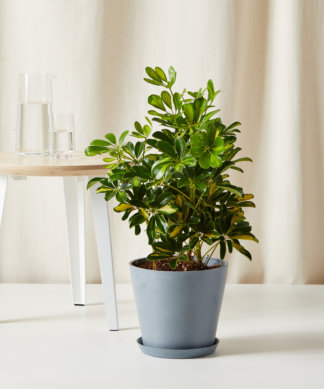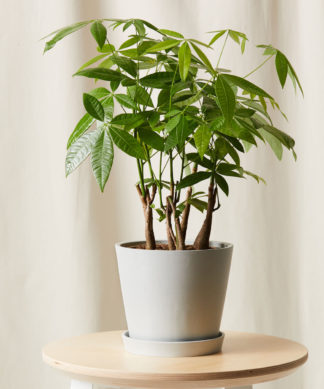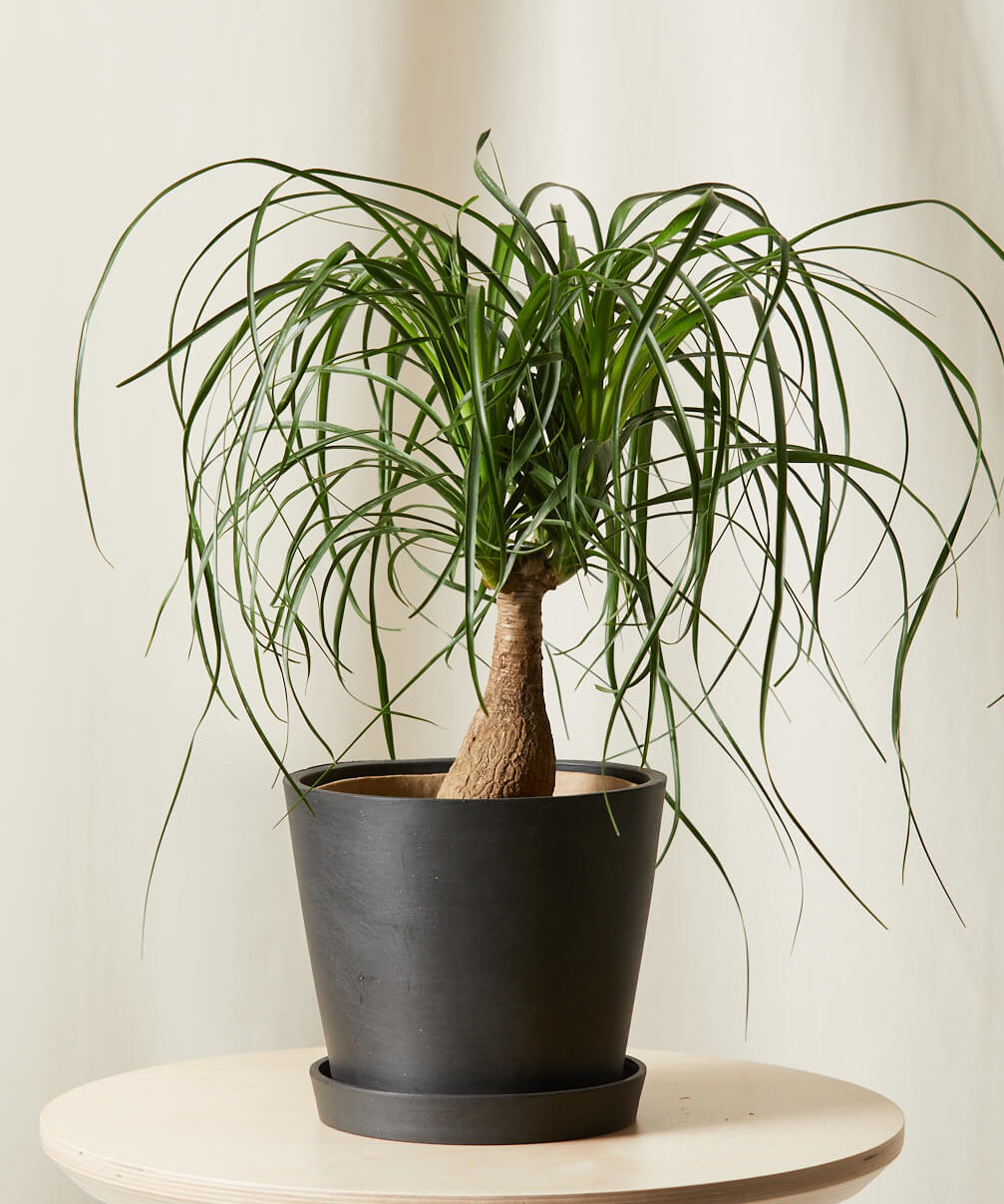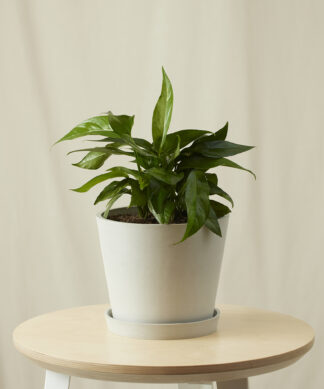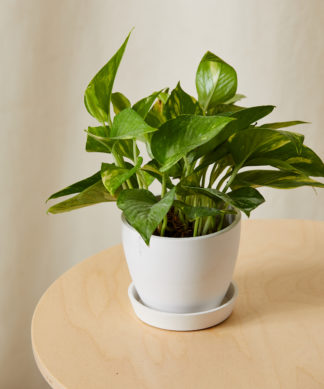Green Living
5 Reasons Trailing Houseplants Make The Perfect Starter Plant
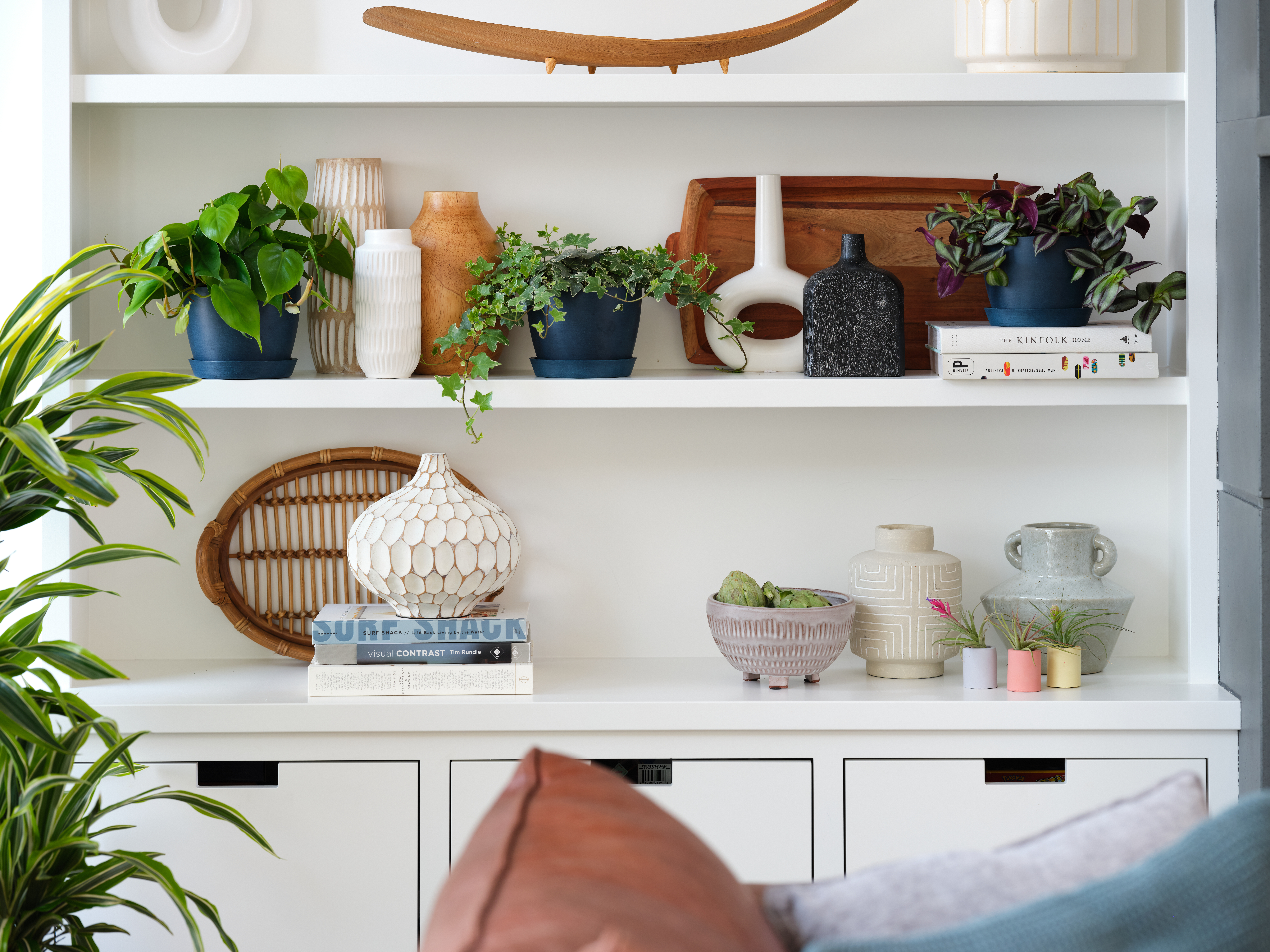
From easy care to instant gratification, we can think of many reasons trailing houseplants make the perfect starter plant. Read on to learn about the benefits and care of these cascading beauties.
5 Reasons To Love Trailing Houseplants
They’re versatile
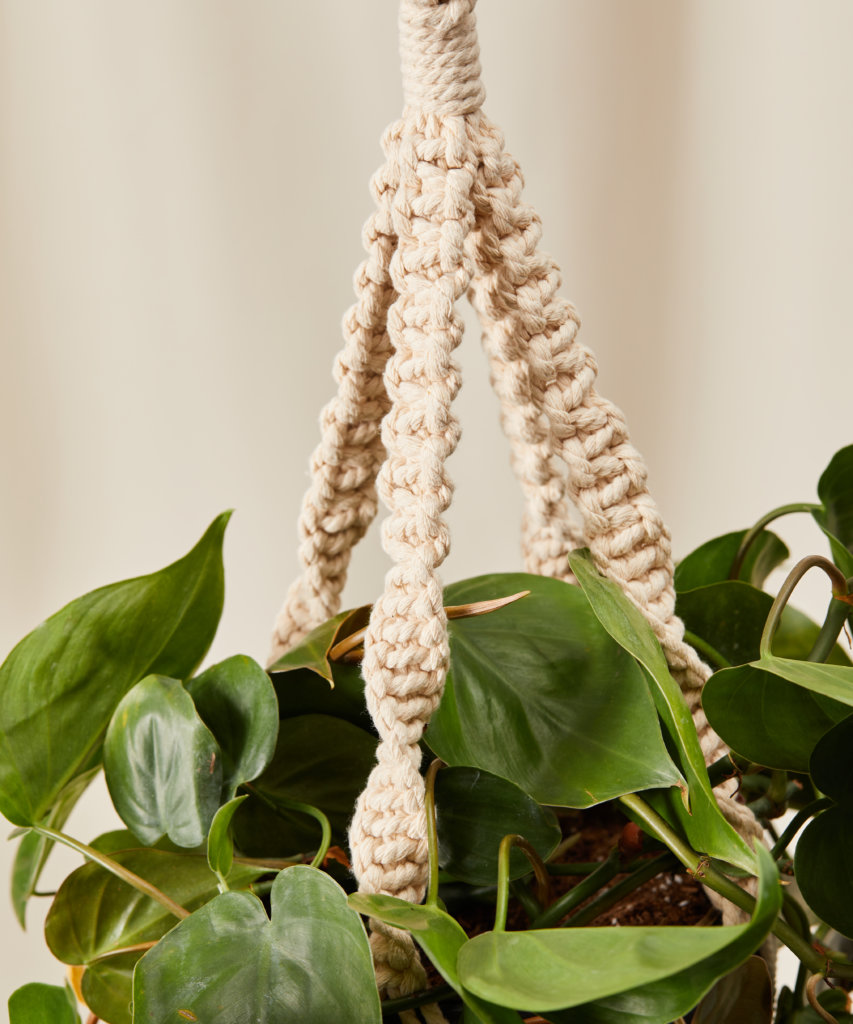
Whether you grow them in pots or baskets, it’s easy to sneak a trailing plant into almost any decor scene. Vining plants soften the edges of bookshelves, floating shelves, and mantles.
To layer in some green sans shelving, look to hanging pots for hard-to-style spots like dining rooms, bathrooms, and kitchens. You can even turn a regular pot into a hanging pot just by adding a fun accessory like the Macrame Plant Hanger.
They’re easy care
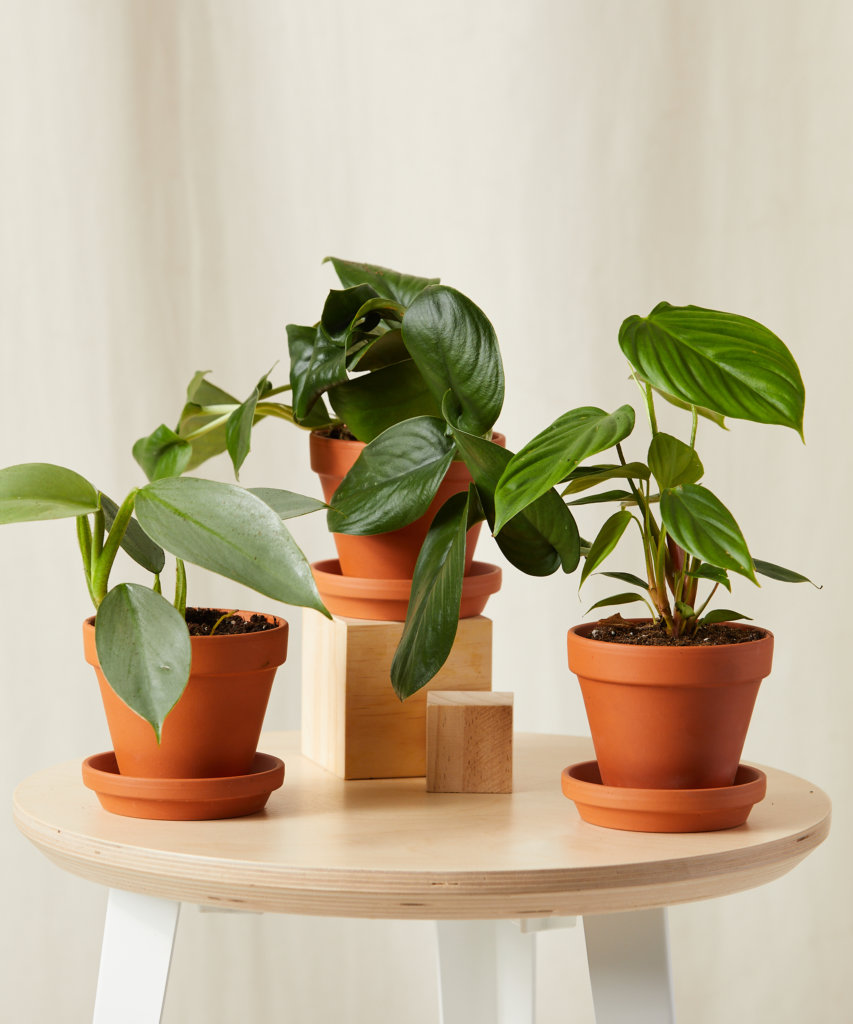
Some of the most common trailing houseplants like pothos, philodendron, and tradescantia just so happen to be some of the easiest to care for. So if you’re a beginning plant parent, set yourself up for success by choosing plants like those in our Trailing Collection to help you learn the ropes. Read on for more care tips to keep your new plants looking their best.
They grow fast!
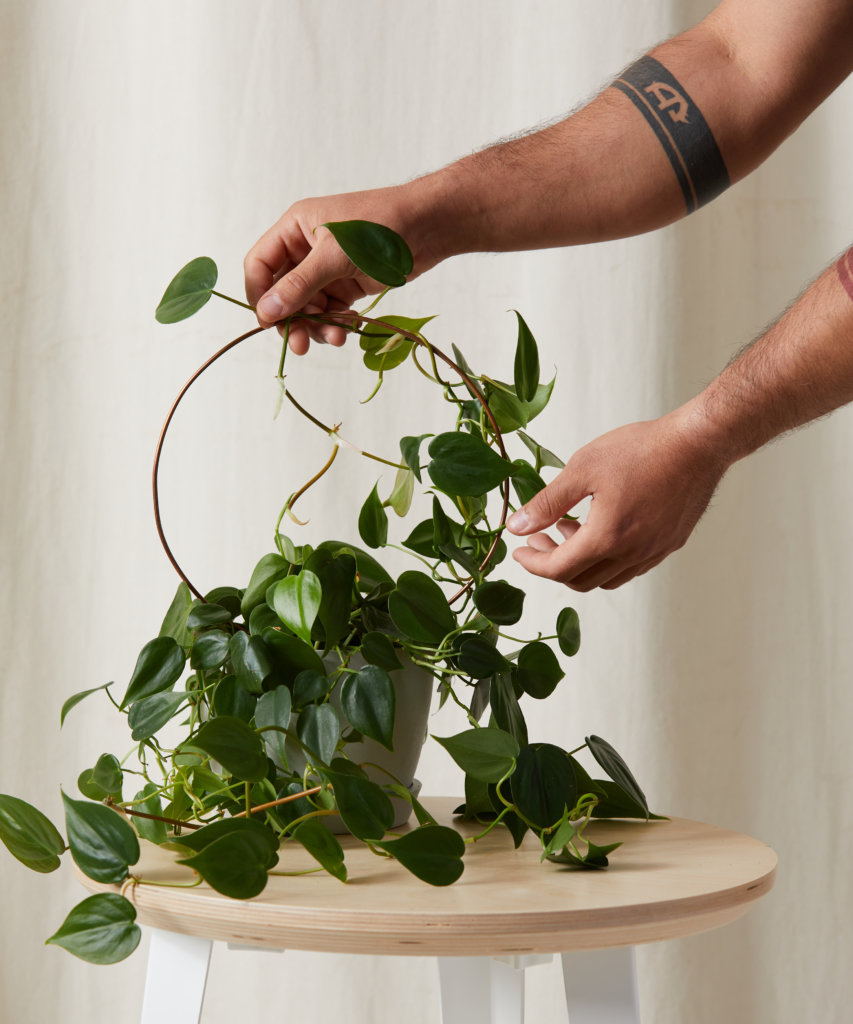
Who doesn’t love a little instant gratification? While larger plants like the fiddle leaf fig or the bird of paradise make a big impact with their upright form and large leaves, trailing plants are busy putting out an endless stream of smaller but ultra-showy leaves. With a little support from a trellis or moss pole, plus regular fertilizing, they can become just as impressive.
They can get BIG

Don’t be fooled into thinking that your trailing plants are confined to a small space! With time and age, plants like Algerian Ivy can grow to impressive lengths, which allows them to cover just as much surface area as any tree-like plant.
With room to trail, their cascading form creates a unique silhouette that’s hard to match. If you want to go vertical, simply train them on a trellis or use small removable hooks along the wall to support the stems as they grow.
They’re easy to propagate
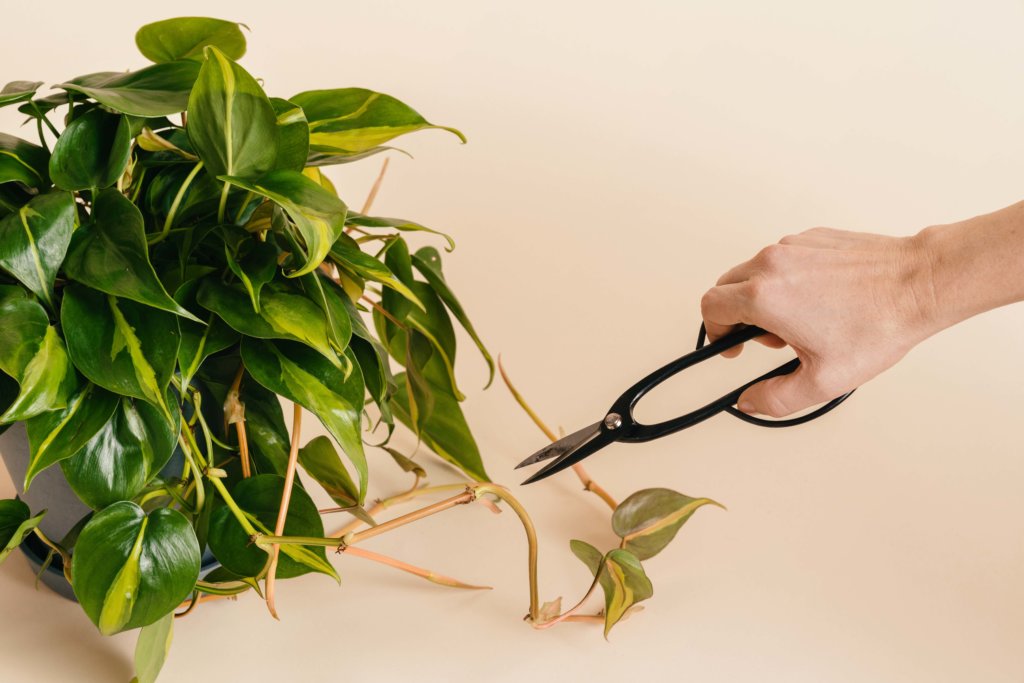
Keep reading for a deeper dive into propagation, but suffice to say that if you want to try your hand at propagating, the best place to start is with a pothos or philodendron cutting in a vessel of water. It takes virtually no effort and you can grow your collection for free—or prop and swap with friends.

Caring For Trailing Houseplants
Watering frequency and light levels vary depending on the species of trailing plant in your care. Generally, watering when the soil volume is 50% dry and choosing a spot with bright, indirect sunlight is a good place to start. Our A-Z Plant Care Guide outlines all the specifics by plant, including fertilizing and temperature recommendations.
Cultivating plants that trail means you’ll enjoy long, vining stems that tumble over the sides of the pot and may eventually reach the ground. Grab some plant snips and don’t be shy in trimming these plants back to keep them looking tidy. Trimming vines back will also encourage dense new growth.
Here’s a tip from the plant pros that doesn’t require any cutting: wind a vine or two over the surface of the soil and gently pin it down. Most vining plants will send out roots and new growth, creating a fuller-looking plant.
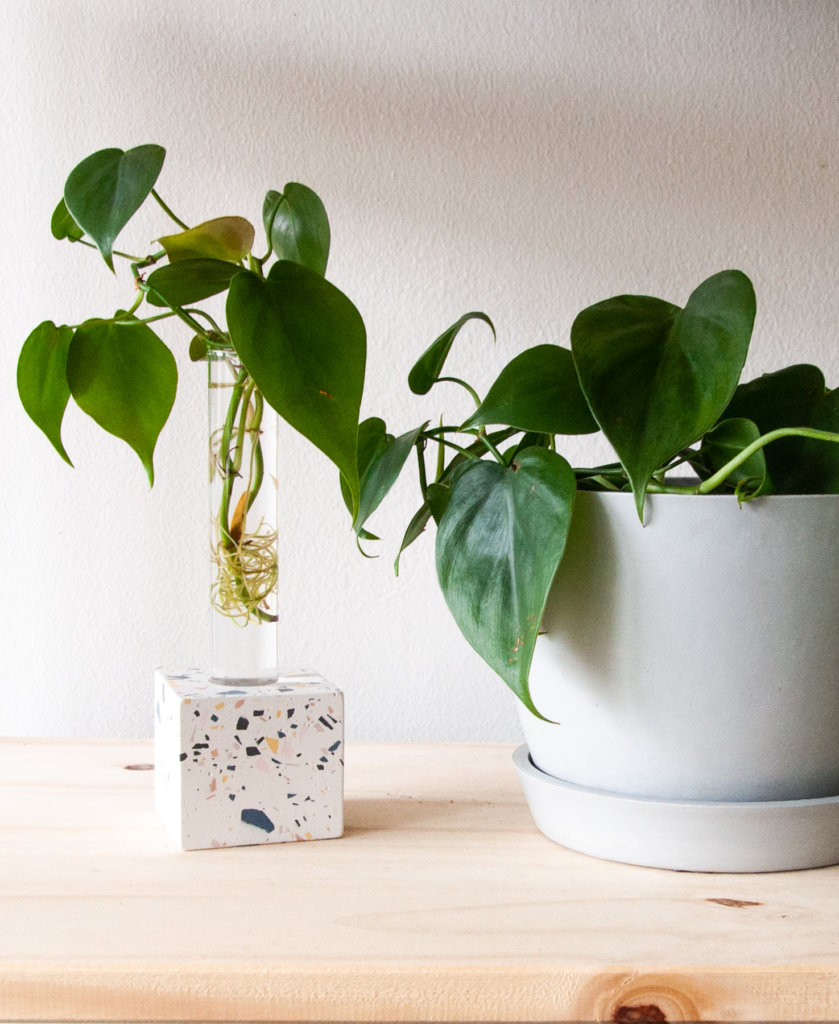
How To Propagate Trailing Houseplants
One of the most rewarding things about growing trailing plants is how easy it is to make more of them. Propagation is a process by which new plants are created from cuttings of existing plants. This means you can grow your collection or share with friends—try your hand at propagating an easy plant like the Philodendron Micans Velvet by using a propagation kit.
Most trailing plants can be propagated with minimal effort. It’s as easy as snipping a short length of stem, placing it in water, and simply waiting for it to produce roots. Once roots are an inch or two long, transfer the cutting to soil and care for it just as you would any other potted plant. Get the full tutorial in How To Propagate Trailing Plants.






